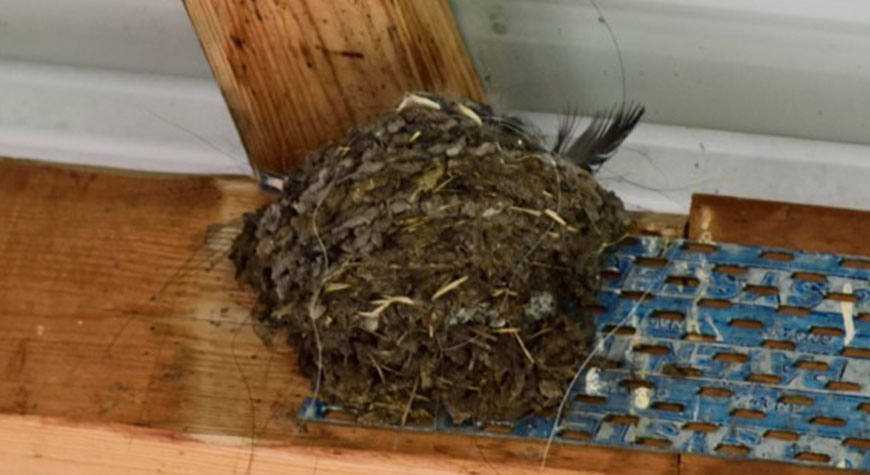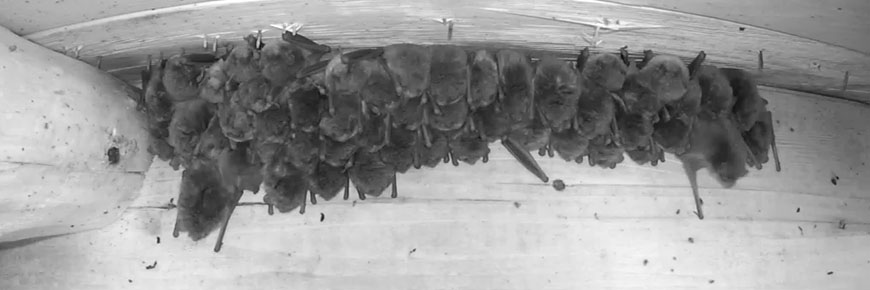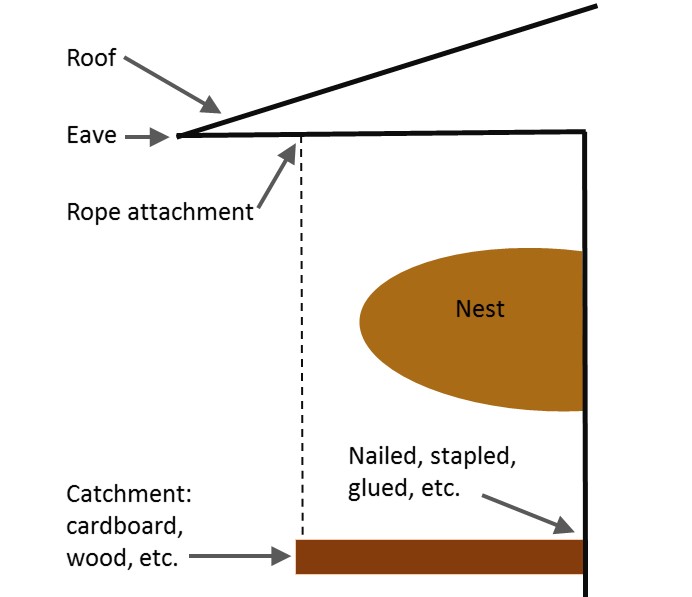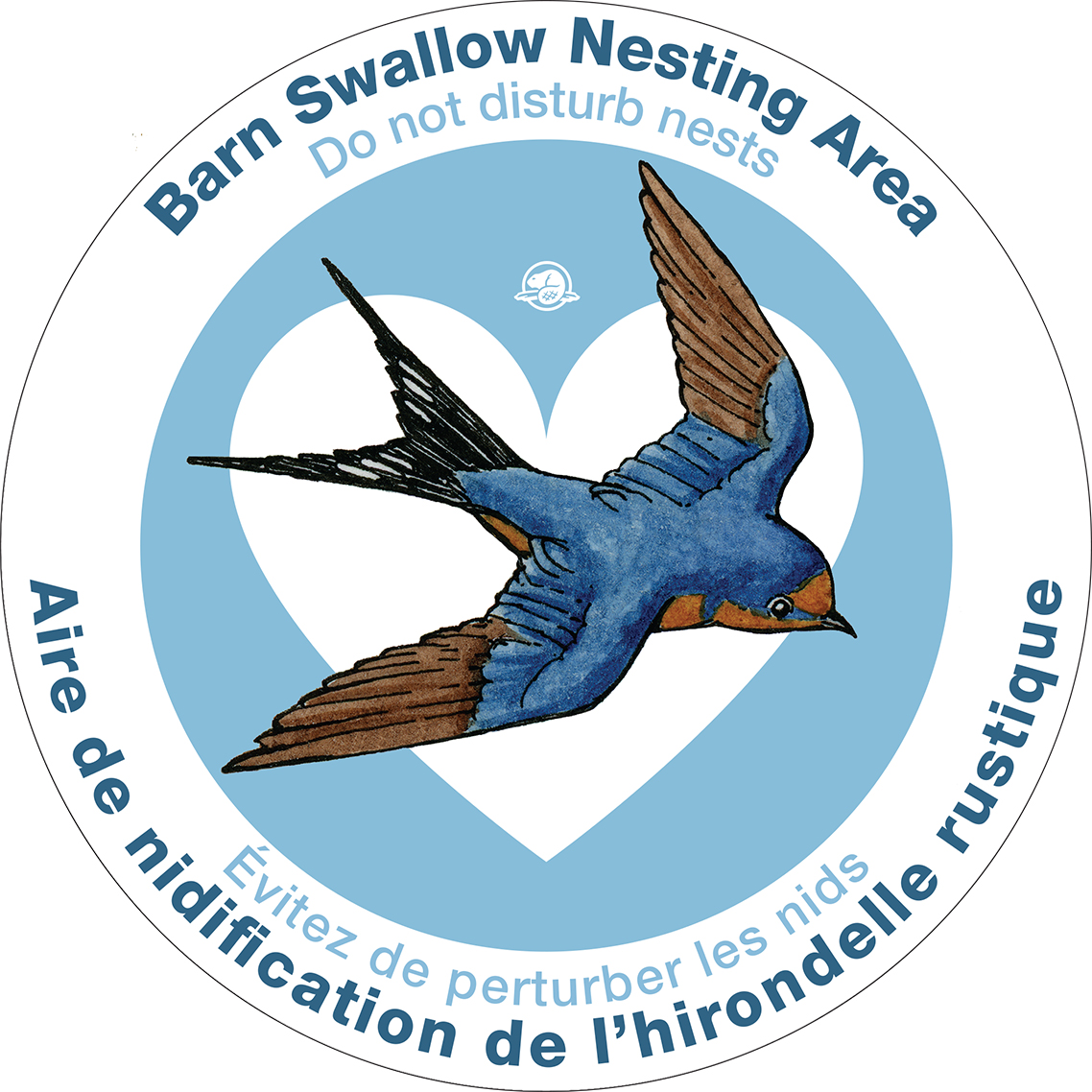
© Shutterstock
Essential information for residents and businesses on species at risk
Jasper National Park
All wildlife and plant species in national parks are protected by the Canada National Parks Act. Bird species are also protected by law under the Migratory Birds Convention Act. In Jasper National Park, several species have additional legal protection under Canada’s Species at Risk Act.
Canada’s Species at Risk Act requires you to protect species designated as extirpated, endangered or threatened. Harming a species at risk or its habitat is a serious offence.
As a resident, leaseholder, licensee or business operator in Jasper National Park, you have three key responsibilities:
Knowing which species are at risk
It is your legal responsibility to know which species in your area are listed in the Species at Risk Act, and to understand your obligations to protect them. List of species at risk in Jasper National Park.
Keeping their habitat intact
You must ensure that nests, dens, burrows, hibernation and spawning sites and other residences of species at risk are not disturbed or destroyed. This protection extends to all habitat needed for the survival or recovery of an at-risk species.
Protecting individual species at risk
You must not kill, harm, harass, capture or remove a species at risk from its habitat. It is also illegal to possess, collect, buy, sell or trade any individual or part of a species at risk.
Disturbing or harming a species at risk or its habitat could be costly. Wildlife species listed in Canada’s Species at Risk Act are legally protected. Violators will be charged, required to appear in court, and could pay fines up to $25,000.
Not sure?
Call us first. Phone Parks Canada Dispatch at 780-852-6155 if you have questions about your obligations. Parks Canada will work with you to find a solution that ensures the species and its habitat are protected.

Nesting birds and bats
Some birds and bats nest or roost in and around buildings. They may become a concern to homeowners and businesses.
- Barn swallows
- It is illegal to disturb barn swallows and their occupied or unoccupied nests.
- Bats
- It is illegal to disturb or harm bats or their roosts whether inside or outside a building.
- If the violation occurs while performing on-the-job duties, the company’s business license may be impacted.
- It is illegal to enter any cave in Jasper National Park without written authorization from the Superintendent. Natural caves are critical habitat for some bat species, which use them to hibernate during winter.
Here are some ways that you can share your space and help protect birds and bats in national parks and around your home:
Find out who has moved in
Barn swallows tend to build cup-shaped mud nests on the sides of rafters or under the eaves of buildings. Their nesting season in Jasper National Park is from May to the end of August. Barn swallows are creatures of habit. They often return to the same nest from one year to the next, or rebuild in the same neighbourhood. Even if a nest is empty, do not remove it.


Bats often roost in attics or other hidden spaces in buildings. Signs that bats may be inside a building include: an accumulation of guano (bat droppings that are solid, black/brown in colour, and contain insect wings), noise coming from between walls, and bats seen exiting a building at sunset or entering at sunrise.

Managing bats in your building in Jasper National Park
All bats are protected in Jasper National Park under the Canada National Park Act. Some species, including Little Brown Bats, that most commonly roost in buildings in Jasper are also protected under the Species at Risk Act. It is against the law to harm individuals or their home
Bats can really use our help. A fungal disease called white-nose syndrome has killed over 6 million bats in North America, making this the most critical threat to bats. This fungus was found in Alberta for the first time in 2022.
You can determine if bats are roosting in or on your buildings by looking for signs of bats, such as staining or guano stuck to walls, windows, soffits, etc. Watching for bats leaving the building at dusk is also an effective option.
If you have bats roosting in or on your building, you have two options: coexistence or exclusion.
Coexistence
Allowing bats to continue to use the roost. This is the preferable option when bats do not have access to human living space.
Bats are great neighbours to have, as they eat nearly their body weight in insects each night, and buildings provide important habitat for female bats to raise their young. In some cases, you may want to remove the build-up of guano (droppings) annually. Protect yourself by wearing gloves and a N95 mask before placing a plastic sheeting below the roost site to collect the guano. Before removing the guano, spray it with a mixture of bleach and water to reduce dust. After removal, fold up the plastic sheet, seal it in a bag and place it in the household garbage bin near your home or business.
Exclusion
Removing the opportunity for bats to roost.
Before taking any actions to exclude bats from roosting, you or your contractor must contact Parks Canada (780-852-6155) when you have decided what actions you plan to take. All actions and methods must be compliant with the Species at Risk Act and the Canada National Parks Act. Plan your work to exclude bats when they are not using the roost (September 30 – April 15). If you need help to assess your building or to explore options you can take to coexist with or exclude bats, contact a pest management professional. Parks Canada has confirmed that the following pest management professionals operate in accordance with the standards to conduct batrelated assessments of buildings in Jasper National Park. This is not an exclusive list. If you would like to work with someone else, please contact Parks Canada before proceeding, to ensure that the required standards are met. If you are a pest management professional and would like to be on this list, contact: jasperresourceconservation@pc.gc.ca.
Remember, you or your contractor must contact Parks Canada (780-852-6155) before proceeding with any work.
More information
Whether you’re improving your coexistence with bats or excluding them from the inside of your building, you can consider adding bat boxes or other exterior features that bats may use as a home.
The Alberta Community Bat Program is working to build a future where bats thrive and are appreciated as an important component of life on the planet. Visit albertabats.ca to learn more.
Pest management professionals
Animal Damage Control
animaldamagecontrol.ca
1-877-446-0204
Rentokil Canada Corporation
rentokil.com/ca
780-371-9429
Twilight Bat Control
batcontrollers.com
780-499-6660
Call us
Call Parks Canada Dispatch at 780-852-6155 any time, including:
- If you witness anyone disturbing a barn swallow or its nest. Observe, record and report this information.
- If you witness anyone disturbing a bat or a roost. Observe, record and report this information.
- If you’d like to report a sighting of a barn swallow nest or bat roost on your property.
- If you are concerned that a bird nest or bat roost might impact human health at your home or business.
- If you are undertaking building renovations or construction activities, and you find signs of bird nests or bats. Parks Canada requires a pre-construction bat survey to be completed if there is a possibility that bats are roosting on site.
If you discover a bat, dead or alive, in a building or on the ground:
- Do not touch or handle the bat.
- Call 780-852-6155 and a Parks Canada Resource Conservation Officer will respond.
- Do not take any actions which could negatively impact the bat or a roost.
- If possible, isolate the bat to one room by closing interior doors and windows.
- Keep people and pets away.
Coming in contact with a bat may pose serious health risks, including rabies. It’s important to know the following rabies facts:
- Rabies is a rare but serious viral disease that can infect humans and domestic pets.
- Rabies can be transmitted if you are bitten or scratched by an infected bat. It can also be transmitted if bat saliva gets directly into your eyes, nose, mouth or an open wound.
- If you know or suspect that you have been bitten or scratched by a bat, wash the wound well with soap and water, and immediately seek medical treatment. Do not wait. Rabies is almost always fatal once symptoms appear.
- Seek immediate medical advice if you know or suspect that you may have been in direct contact with a bat, even if there are no signs of a bite or scratch (e.g. a bat was present inside your house when you were sleeping).
- If a pet comes in contact with a live or dead bat, immediately contact your veterinarian.
Prevent poop problems
Nobody likes bird poop or bat guano, especially when it piles up on a patio or deck.
Placing cardboard or a pile of sand under the nest makes for easy clean-up. Remember to wear gloves when cleaning up!
Barn swallow chicks are only in the nest and pooping over the edge for one to two weeks a year. That means your poop problems will be short-lived!
Most roosting bats remain in a location for a few days; however, some roosts, such as those with females and their young, may include larger numbers of bats that stay in one location for a longer period of time.

Welcome birds and bats
Use the following tactics to encourage birds and bats to steer clear of high-traffic areas like doorways, (where they may be disturbed by people), and instead to nest or roost in a different part of your property:
- Attach a small piece of lumber just below the eaves of your building. The birds will use this ledge to build their nest on.
- Put up a sign. Download and print free do-not-disturb signs for barn swallow nests on your property.

Fish and aquatic habitats
Bull trout and Athabasca rainbow trout
- It is illegal to possess bull trout and Athabasca rainbow trout.
- It is illegal to damage the waters where these fish occur, or the 30-metre riparian habitat buffer along the shoreline of these waters (above the high water mark). Shorelines provide hiding cover and shade, reduce sediment and erosion, and are an important source of terrestrial insects on which the trout feed.
- It is illegal to cause harm to bull trout and Athabasca rainbow trout by introducing sediment or chemicals, or by obstructing fish movement.
- If work is required near or within an aquatic ecosystem, authorization from the Field Unit Superintendent is required at the planning stage before any work commences.
Protect fish and aquatic habitats when fishing or working in the national park
A permit is required to fish in all national parks. Fishing regulations provide guidance on which waters are open for fishing, catch and possession limits, how to protect species at risk, and how to prevent the spread of aquatic invasive species.
Clean, Drain and Dry. Prevent the distribution of aquatic invasive species by cleaning, draining and drying all water equipment and boats before entering a new waterbody.
Canyons
- It is illegal to disturb black swifts and their occupied or unoccupied nests.
Protect black swifts and their canyon habitat in the national park:
Athabasca Falls, Maligne Canyon, Two Valley Canyon and Pleckaitis Canyon are closed to climbing and rappelling during nesting season. The closures prohibit climbing and rappelling in these canyons from the end of May to the end of September. For more information about these closures, visit parkscanada.gc.ca/jasper-alerts.
Trimming and cutting trees
- It is illegal to cut, kill, or harm these trees; including causing damage to bark or roots.
- It is illegal to collect any parts, or individual samples, of these trees such as cones, needles, bark, or seedlings.
Other trees where migratory birds nest
- It is illegal to harm or disturb migratory birds, their eggs, and their nests, through tree cutting activities.
Protect migratory birds and whitebark pine when cutting trees in the national park
Learn to identify whitebark pine trees. Do not touch or remove any parts from whitebark pine trees.
Sometimes trees need to be cut because they pose a hazard to property, infrastructure and/or public safety. A tree-cutting permit is required to remove a tree in Jasper National Park. Parks Canada is required under the Migratory Birds Convention Act to protect nesting birds, which usually nest in Jasper National Park between April 19 and August 24 each year. Tree removal (excluding whitebark pine) is therefore restricted to outside of the bird nesting period. For more information on tree-cutting permits, email pc.jasper-realtymunicipalservices.pc@canada.ca.
Flying aircraft or drone
- It is illegal to disturb or cause harm to caribou and their habitat.
Jasper National Park is home to caribou, bighorn sheep and mountain goats, all of which occupy treeless, alpine terrain and are known to flee from low-flying aircraft.
Protect caribou and their alpine habitat when flying in the national park
Parks Canada recommends the following guidelines for minimizing disturbance to alpine wildlife:
- Stay high. Fly more than 500 m above ground.
- Fly over trees and in the middle of valleys if possible. If you must fly over treeless areas, it is better to fly over rock and ice than over meadows or gravelly and grassy ridges.
- Cross wildlife areas at right angles, rather than flying along cliff lines or alpine meadows.
- Fly in cooler temperatures. Plan flights for days with temperatures of less than 20°C, or fly early in the morning when it is cooler.
- Avoid caribou areas during the rut and calving season. Caribou are typically above tree line during the rut (late September to early November) and sensitive during calving (late May and early June).
Aircraft taking off or landing in Jasper National Park, as well as low-flying aircraft, must obtain a permit from the Superintendent. Flying a drone is prohibited within national parks within national parks unless permitted for commercial purposes by the Superintendent. For more information, contact Parks Canada Dispatch at 780-852-6155.
- Date modified :
